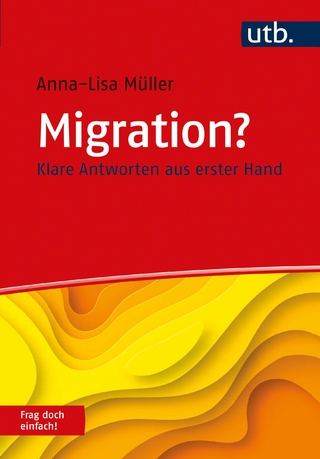
Macroeconomic Policy in India Since the Global Financial Crisis
Springer Verlag, Singapore
978-981-19-1275-7 (ISBN)
The book questions the approach to macroeconomic policy of both the RBI and the government and brings out what it takes for macroeconomic policy to be supportive of high growth. It contains revealing contrasts with East Asia and China, although India has the same potential to grow with an expansion of manufacturing. Overall, it argues that macroeconomic policies (as much as structural, industrial, and trade policies) have been deficient and even good initiatives on the industrial policy and trade flounder for the lack of a strategic approach to macroeconomics. The book highlights the special opportunities present in an emerging economy with vast under and utilised labour and the macroeconomic policy initiatives that can take advantage of this key feature.
It covers the macroeconomic data on growth using multiple indicators, then the external shocks and the internal policy measures/responses; besides, GVA/GDP, credit, exports, external transactions, interest and policy rates, yields, exchange rates, money, capital flows, indices of industrial sector, price indices and inflation, government expenditures, tax rates, fiscal deficits, market uncertainty measures to present a holistic picture of the economy and the shocks and policy actions that have followed. The book uses an innovative method of presentation and the consistency of the trends/stances of both monetary and fiscal policy using these large number of variables. It discusses the debate on overestimation of GDP/GVA growth estimates over the years from 2011-12 to about 2016-17 comprehensively. There is special coverage of GST with a comparison with China. Coverage also includes performance since the COVID-19 crisis again using a large number of indicators and an explanation for the same in terms of the limitations of the government’s initiatives to counteract.
The book is a quick and ready reference of what has happened in macroeconomic terms to those interested in the relevant facts. It is of interest to international economists, policy analysts, and investors whose need to understand that the Indian economy in macroeconomic terms and in terms of the stances and penchant of the government and the RBI is of value.
Dr. Sebastian Morris is Senior Professor, and Chair of the Centre for Public Policy and Governance at the Goa Institute of Management. Earlier he had been teaching macroeconomics, infrastructure, Indian economic performance, and public policy at the Indian Institute of Management Ahmedabad for over 25 years. He initiated and edited the pioneering India Infrastructure Reports on various themes, which set the discussions for infrastructure reform in India. He was the lead author of the book Growth and Transformation of Small Firms and had originally designed and delivered several programmes for senior civil servants including Phase V programmes covering governance and economic strategy, economic reforms, regulation and policies for enhanced public value creation. He was also ICCR Chair Professor at the Copenhagen Business School, and Ford Foundation Fellow at the University of Pennsylvania, in addition to which he has been a consultant to various governments. He has taughtextensively in the executive programmes of the IIMA engaging on the Indian economy, its growth and transformational challenges
Chapter 1. Introduction.- Chapter 2. Trends in Growth since the GFC.- Chapter 3. Credit, Employment and the Current Account.- Chapter 4. Capital Formation and Foreign Investment.- Chapter 5. Inflation and Monetary Developments.- Chapter 6. Policy and Analyses Chapter.- 7. Reflexive, not Reflective Monetary Policy.- Chapter 8. The COVID Crisis and Response.- Chapter 9. The Recovery.- Chapter 10. The Challenge of Manufacturing.- Chapter 11. Conclusions.- Chapter 12. GST and the Discrimination Against Production Oriented States.
| Erscheinungsdatum | 30.05.2022 |
|---|---|
| Reihe/Serie | India Studies in Business and Economics |
| Zusatzinfo | 110 Illustrations, color; 1 Illustrations, black and white; XXVIII, 296 p. 111 illus., 110 illus. in color. |
| Verlagsort | Singapore |
| Sprache | englisch |
| Maße | 155 x 235 mm |
| Themenwelt | Sozialwissenschaften ► Politik / Verwaltung ► Staat / Verwaltung |
| Wirtschaft ► Volkswirtschaftslehre ► Makroökonomie | |
| Wirtschaft ► Volkswirtschaftslehre ► Wirtschaftspolitik | |
| ISBN-10 | 981-19-1275-0 / 9811912750 |
| ISBN-13 | 978-981-19-1275-7 / 9789811912757 |
| Zustand | Neuware |
| Informationen gemäß Produktsicherheitsverordnung (GPSR) | |
| Haben Sie eine Frage zum Produkt? |
aus dem Bereich


